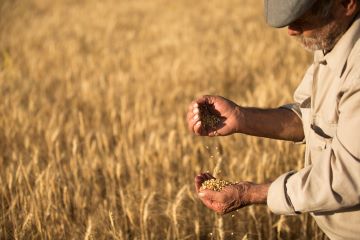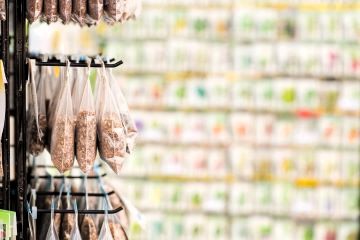You don’t need a Workforce Certificate or Equal Pay Certificate to submit a bid, but you will need them before that contract could be executed. You can email any further questions regarding those two documents to compliance.mdhr@state.mn.us.
Please confirm that Workforce and Equal Pay Certificates can be renewed upon reward of the contract.
You don’t need a Workforce Certificate or Equal Pay Certificate to submit a bid, but you will need them before that contract could be executed. You can email any further questions regarding those two documents to compliance.mdhr@state.mn.us.





